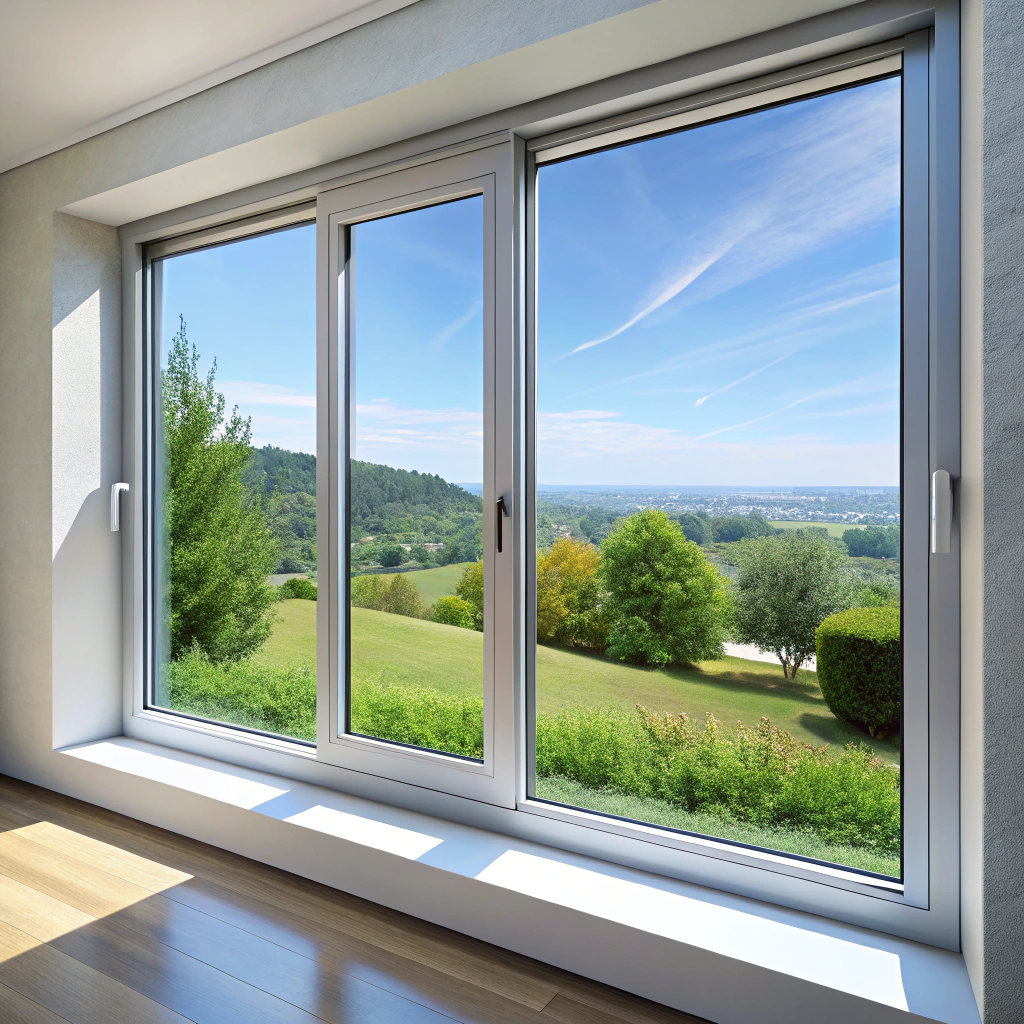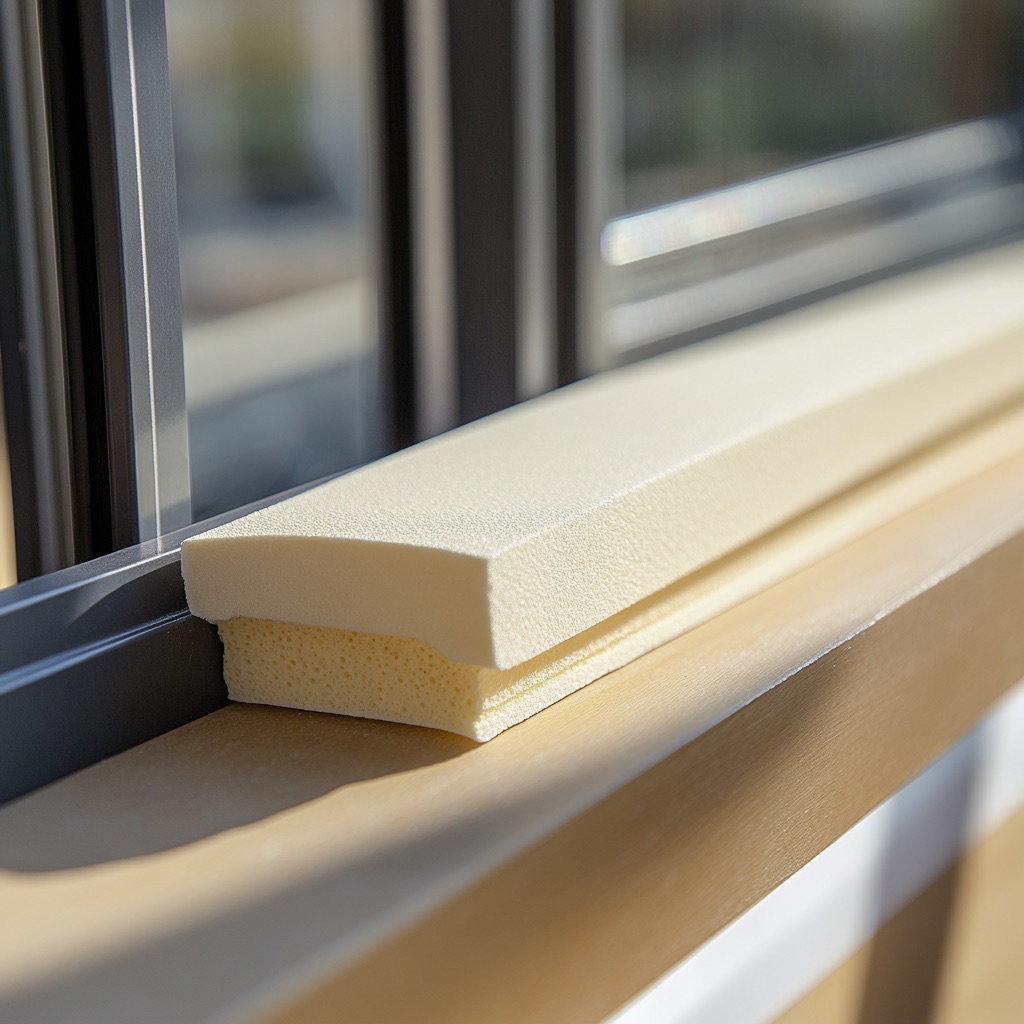In this article, you’ll receive an in-depth analysis and comparison of different aluminum window plastic guides available on the market, helping you make an informed purchasing decision.
Key takeaways:
- Aluminum window plastic guides ensure smooth and quiet window operation.
- Proper installation is crucial for smooth performance and longevity.
- Regular cleaning and maintenance prolong the lifespan of plastic guides.
- Plastic guides are generally more cost-effective, but metal guides may be more durable in extreme conditions.
- Choose the right guide based on window requirements, material compatibility, and ease of installation.
Purpose of Aluminum Window Plastic Guides

Aluminum window plastic guides serve a multifaceted function in the operability and longevity of sliding windows. Their primary role is to ensure a smooth and quiet glide when opening or closing the window, reducing friction and wear on the aluminum frame.
These guides also contribute to the structural integrity of the window by aligning and securing the sash in place, preventing it from slipping out of the track. Additionally, as plastic is less conductive than metal, these guides offer improved energy efficiency by minimizing heat transfer, which in turn can help with controlling interior temperatures and reducing energy costs.
Lastly, these components are integral in providing resistance against dust and debris, maintaining the clarity and visibility through the window.
Installation Process
Proper installation of aluminum window plastic guides ensures smooth operation and longevity.
Begin by opening the window fully to access the guide track.
Clean any debris from the track to prevent obstruction during installation.
Align the new guide with the track, pressing it firmly until it snaps into place.
For certain window designs, guides may need to be slid in from the ends of the tracks.
Test the window operation multiple times to be sure the guides move freely.
If resistance occurs, check for proper alignment and adjust as necessary.
Tools are generally not required, but keep a flat-head screwdriver handy to help guide the plastic piece into position if needed.
Maintenance Tips for Plastic Guides
Regular cleaning is pivotal; use mild soap and water to gently remove dirt and debris from the guides. Refraining from harsh chemicals or abrasive tools will prevent scratching.
Lubrication aids in smooth window operation. Apply silicone-based lubricant sparingly to avoid attracting dust.
Check for wear and tear periodically. Plastic can degrade over time, so replace guides if they display any cracks or significant signs of damage.
Tighten any loose screws that secure the guides in place. This ensures stability and function of the window mechanism.
Avoid excessive force when opening or closing windows, as this can cause unnecessary strain on the guides. Gentle and consistent use prolongs life span.
Cost-Effectiveness of Plastic Vs. Metal Guides
Plastic guides are generally more affordable upfront compared to their metal counterparts. This cost advantage makes them particularly appealing for large-scale installations or budget-conscious projects.
Additionally, plastic guides incur fewer costs over time, as they do not corrode like metal can, reducing the need for frequent replacements.
However, the durability of metal guides can sometimes offset their initial higher cost, particularly in environments with extreme temperatures or where the increased strength of metal is a necessity.
Metal guides also tend to have a longer lifespan if properly maintained, which could mean cost savings in the long term.
Ultimately, evaluating the specific conditions and requirements of your window setup is essential in determining which type of guide offers the most cost-effective solution for your situation.
Consider factors such as exposure to the elements, frequency of window usage, and whether the window is in a high-traffic area to make the most informed decision.
Choosing the Right Guide for Your Window
Selecting an appropriate guide hinges on assessing your window’s requirements. Consider the weight and frequency of use; heavier windows or those opened frequently necessitate more durable guides.
Evaluate the material compatibility as well — certain plastics withstand weather or UV light better, correlating with your local climate. Additionally, factor in the window’s design and aesthetics; guides should complement the architecture without being obtrusive.
Lastlly, check for easy installation and replacement features to ensure that the guides can be maintained or updated with minimal hassle. Always verify the dimensions and specifications against your current window system to ensure a proper fit before purchasing.
FAQ
What are the parts of an aluminium window called?
The parts of an aluminium window are called the sash, which holds the glass, and the frame, including various named aluminium window sections that make up the entire window structure.
What is a window Glide?
A window Glide, also known as a "glider," is a type of window featuring one or more sashes that slide horizontally, instead of moving up or down, and can often be tilted or completely removed for easy cleaning.
What are window rollers?
Window rollers are small wheels that aid in the seamless opening and closing of sliding windows.
How do glazing beads in aluminium windows function?
Glazing beads in aluminium windows function to hold the glass in place and provide a weather-tight seal.
What is the role of a window sash in an aluminium window system?
The window sash in an aluminium window system holds the glass in place and helps to seal the window against weather elements.
What are the benefits of using weather-resistant window rollers?
Weather-resistant window rollers enhance durability, prevent damage from elements like rain or snow, and contribute to lower maintenance costs over their lifespan.
Recap

